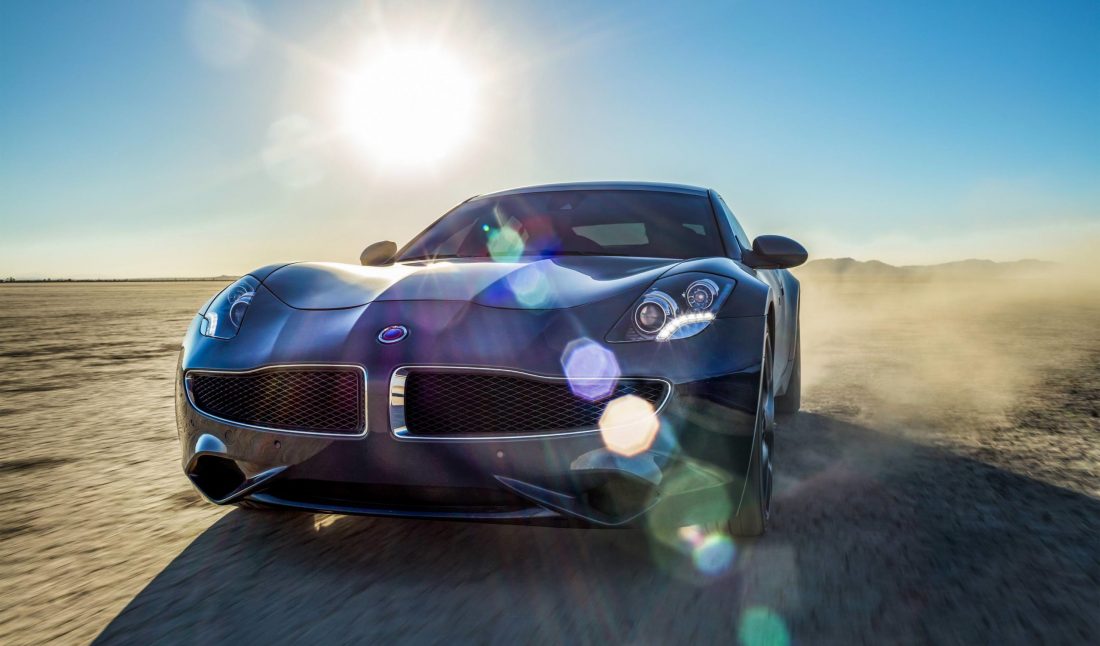Karma’s 2018 Revero is an energy-efficient luxury performance car like no other on the market today. With dual electric motors and a solar-powered roof, it’s exhilarating to drive, and for those traveling less than 50 miles a day, no gas is necessary. The interior is outfitted with unlacquered reclaimed wood trim and minimally tanned leather. Each badge on the hood and tail of the car is hand-painted, adding the final touch of the handmade to an automobile the carmaker’s VP of Global Design and Architecture, Alexander Klatt, calls a moving modern sculpture. Whitewall spoke with Klatt about creating a car for the future by looking at the beauty in the contrast and proportions of the collectible cars of the past.
WHITEWALL: You’ve said that, to be truly sustainable, you need to go beyond energy and material and work toward creating something beautiful. What role does beauty play in sustainability?
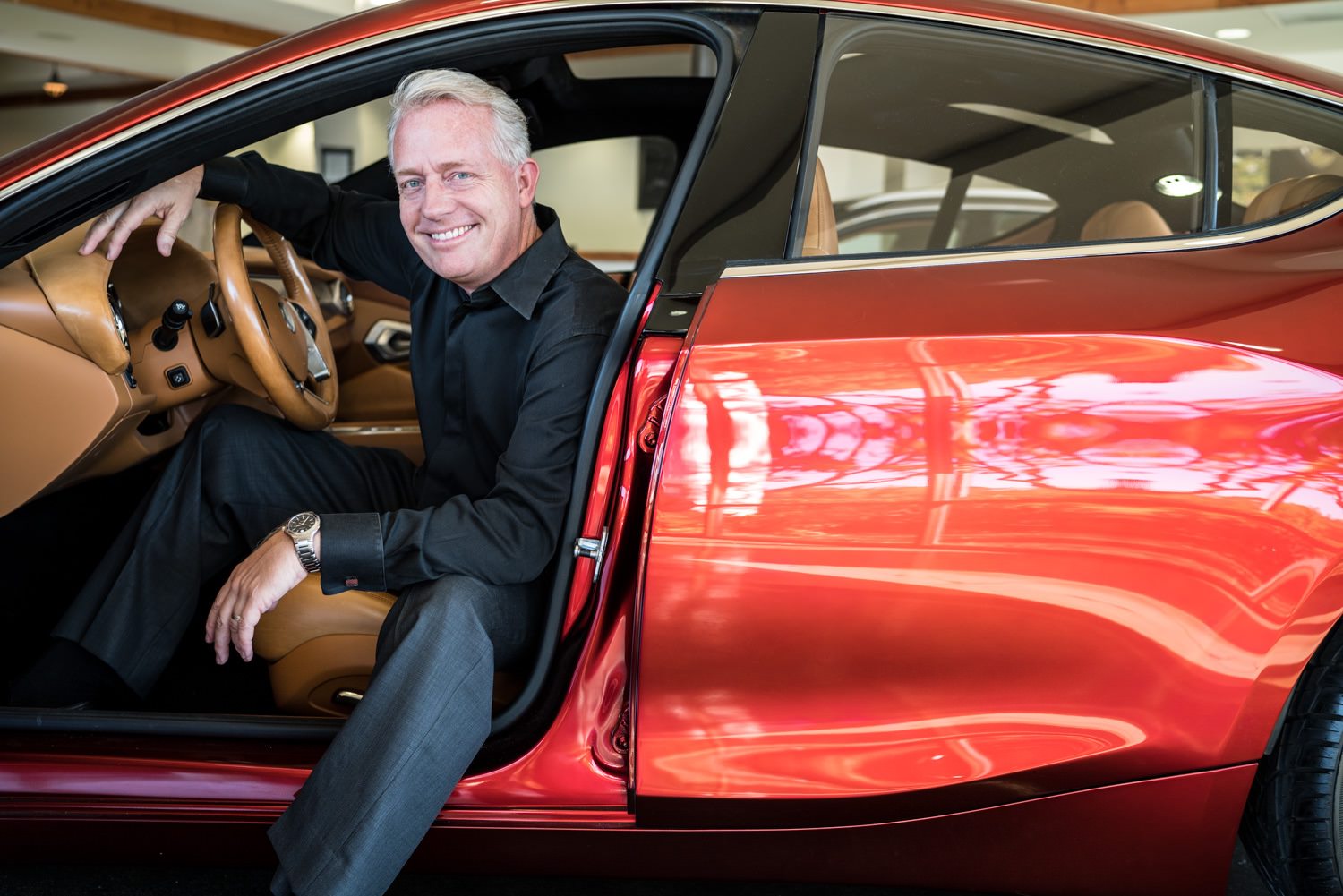 Alexander Klatt, courtesy of Karma.
Alexander Klatt, courtesy of Karma.
ALEXANDER KLATT: There is a level of sustainability that is additionally relevant to emissions and energy, related to the beauty in nature. There are two aspects to this. Throughout my career I’ve thought about the perceived associations we as humans have collected. There are certain perceptions we have in our senses. Certain tones are more beautiful, while others are more dangerous, based on hundreds of thousands of years on this planet. What I’ve found is that beauty in nature is about creating harmony in opposing contrasts, with a certain amount of imperfections.
The other part is that there are some automobiles that never make it to the junkyard, like certain Ferraris or Rolls-Royces, that are kept, repainted, and refurbished. Their value grows, and some become so rare, almost like art pieces. They are collectible. They have a timeless beauty. A lot of cars are not around anymore, but some are now collector’s items. And that’s a kind of sustainability that no one is really talking about, and that’s what we had in mind when we created the Revero.
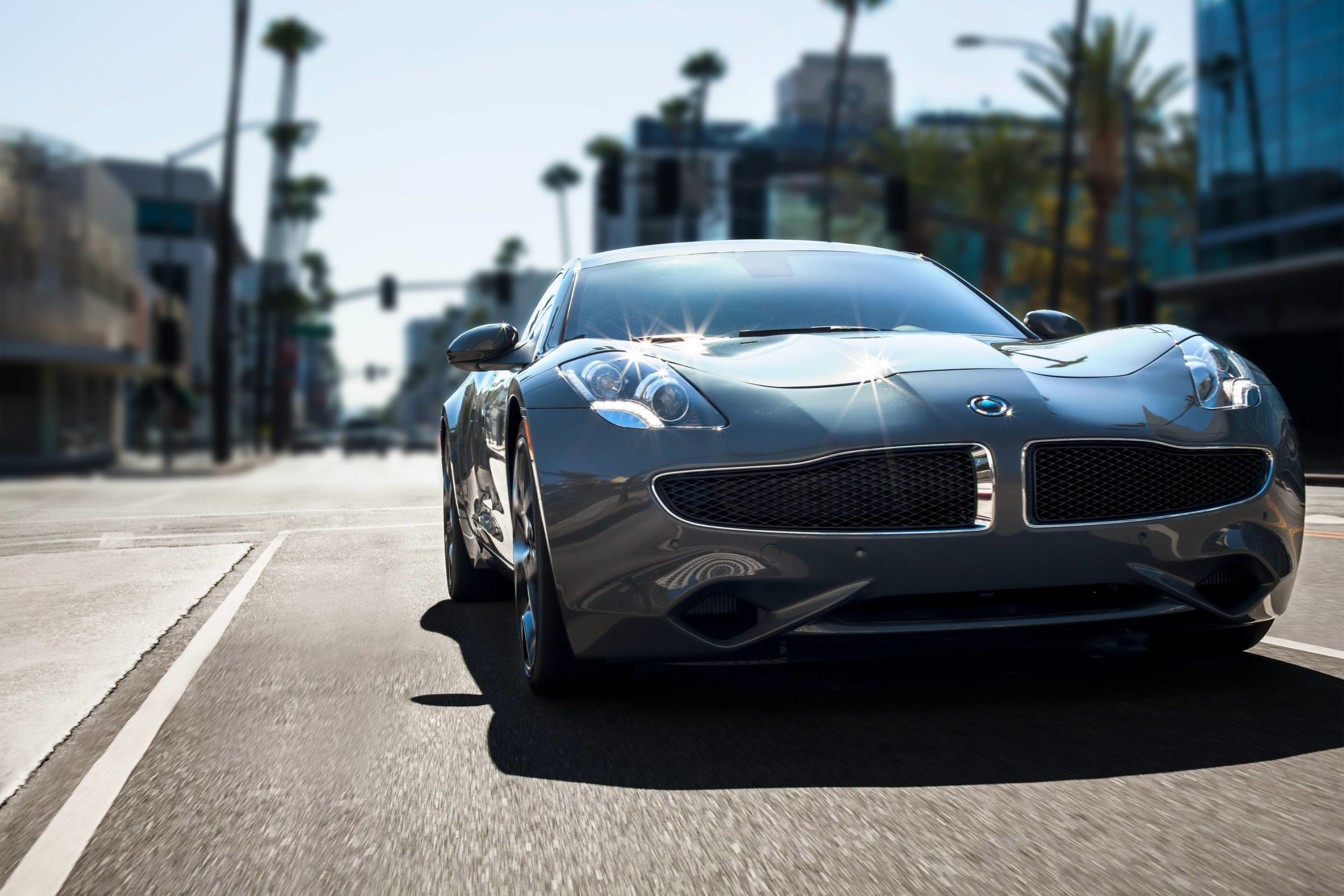 The Karma 2018 Revero.
The Karma 2018 Revero.
Only some art has an emotional impact. Our responsibility and our opportunity here, I think, is to create mobile art sculptures.
WW: How do you achieve that level of timeless beauty in car design?
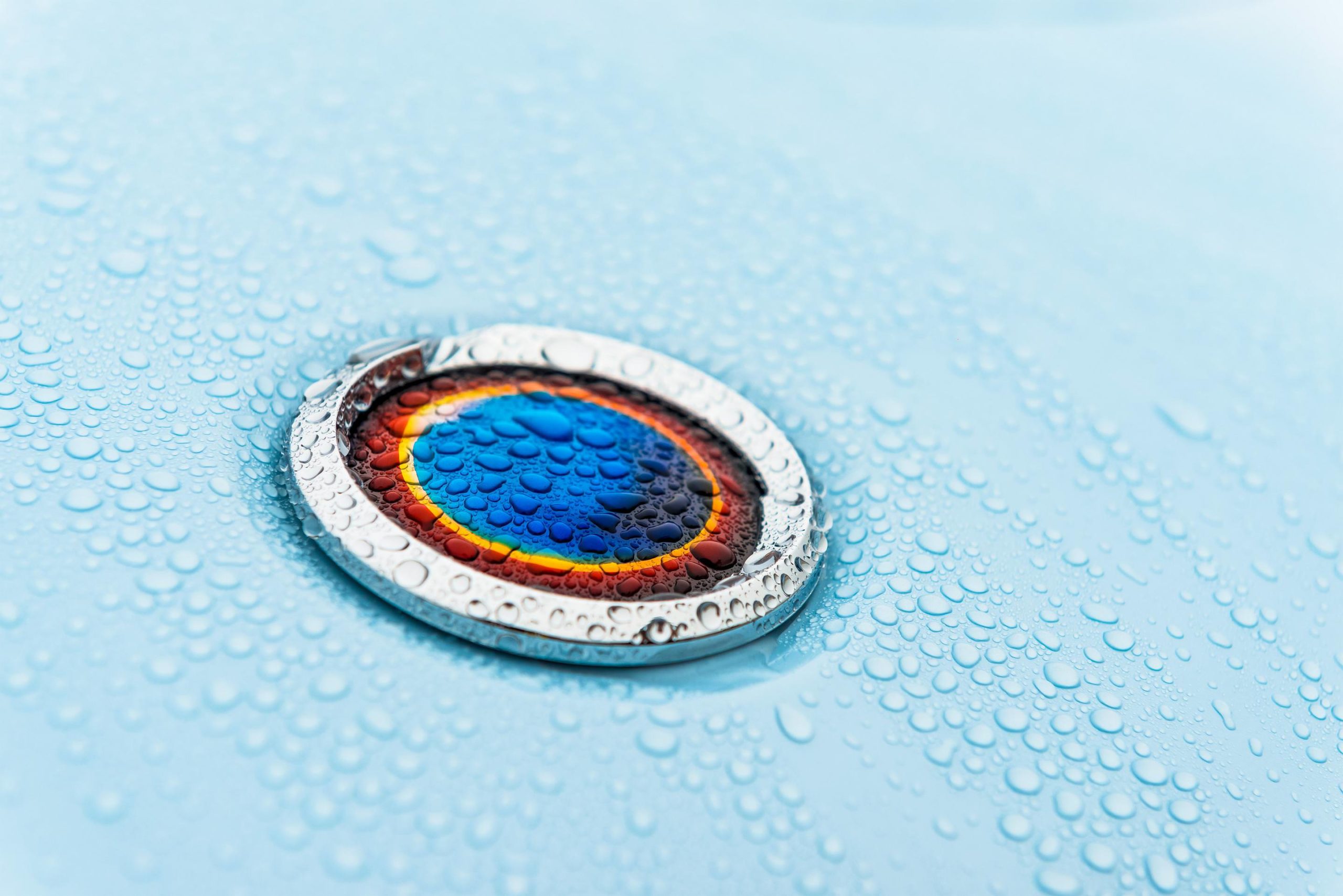 The Karma 2018 Revero.
The Karma 2018 Revero.
AK: What I found is that it’s all about a harmony of opposing contrasts. If you look at a sand dune, the form is very smooth, but on certain corners it’s almost cut with a knife. And the light and shadow created from the light hitting the form creates two opposing contrasts as well. And you see areas in the sand dune where there are imperfections, and sand running down. Natural imperfections have an important personality and character. While cars today strive for perfection, they become more and more sterile. Whereas an automobile that has this handcrafted material imperfections has more personality. That is what I want to build.
WW: How does that translate to the interior and exterior?
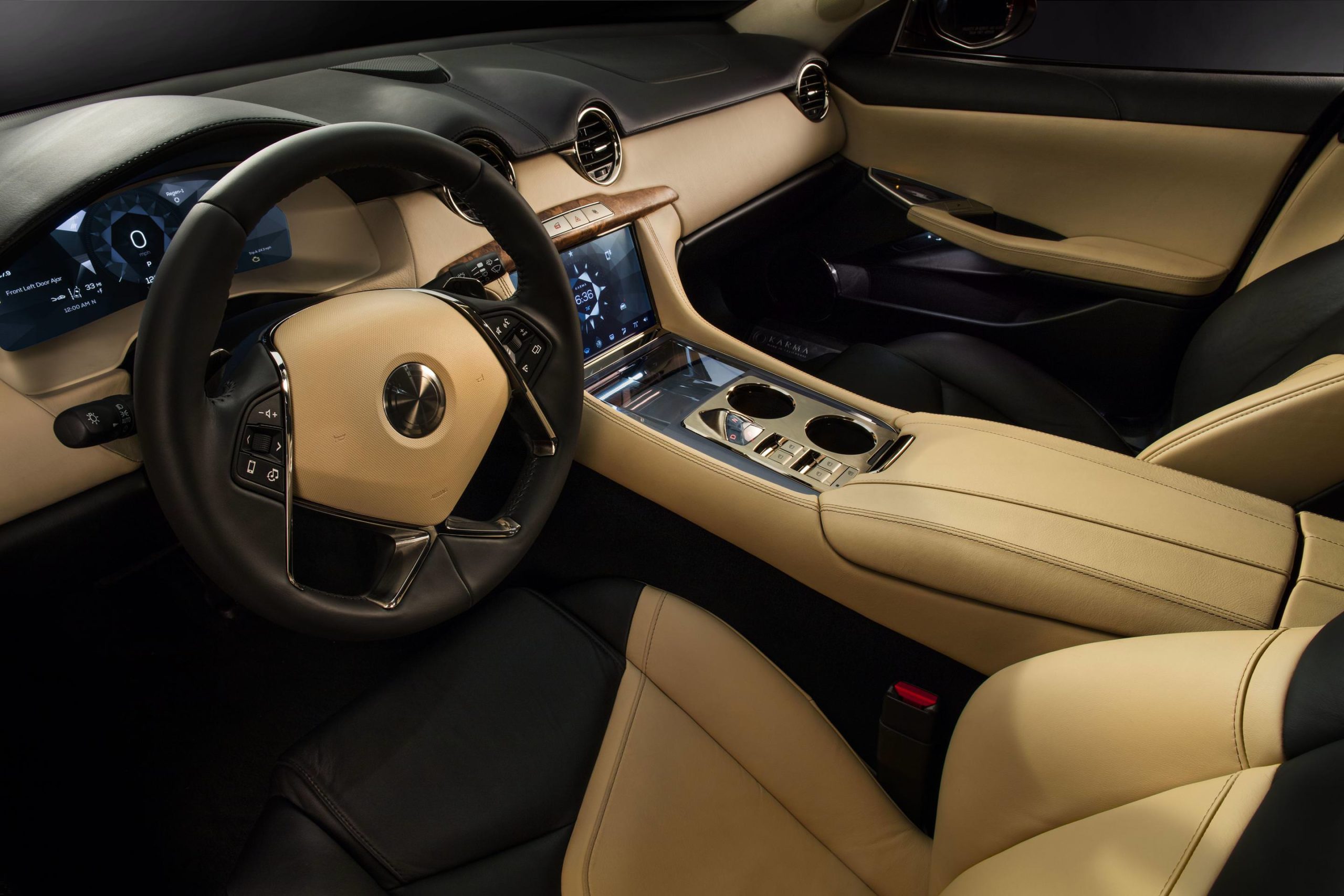 The Karma 2018 Revero.
The Karma 2018 Revero.
AK: I’ve studied those car models that have become collectible—the silhouette and the form. I come up with a framework of analogies and I brief our artist team. And they start to create a modern interpretation of 120 years of research. They go through an artistic process, all outside of the computer. Sketching, modeling, using traditional automotive materials like wood and glass and metal. And when we come to a point where we’ve collected so many experiences in their hands, in the touch and feel, then we create a modern sculpture which ultimately turns into a mobile artifact.
WW: You’ve talked about how with the interior it’s important to make it feel timeless, and not too dated with flashy gadgets.
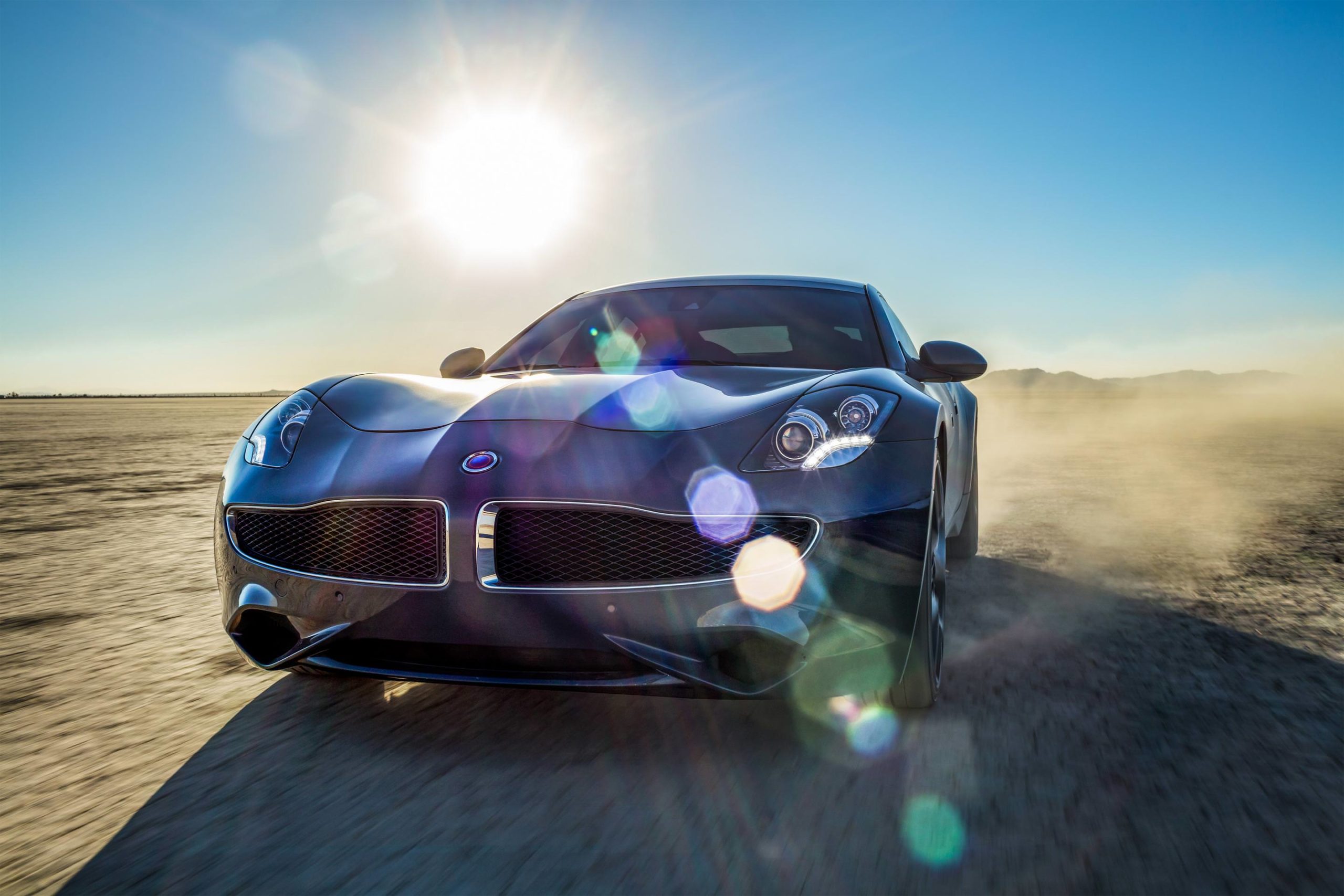 The Karma 2018 Revero.
The Karma 2018 Revero.
AK: This counts for the exterior and interior. For me, nature is very pure. Everything in nature has a purpose. So I strive for purity in design and creation that makes it timeless. With a lot of shapes, a lot of lines, a design will age quite fast because of bad proportions.
WW: Your ideas around car design, and creating something that lasts from generation to generation, reminds me of mechanical Swiss watches, which are collected not just to tell time . . .
AK: We try to appeal to two archetypes. Some are in love with every detail and expect a certain level of craftsmanship. They are connoisseurs, really. On the other side are people love to look at beautiful automobiles and live to drive them fast. They love how dynamic they are and get pleasure out of the drive. Those are the two emotional elements we want to focus on—the hedonistic pleasure of driving a car and the obsession in the detail.
This article appears in Whitewall‘s winter 2018 New Luxury issue, out now.






